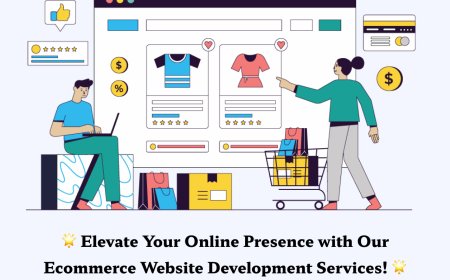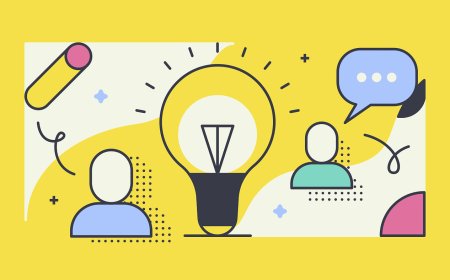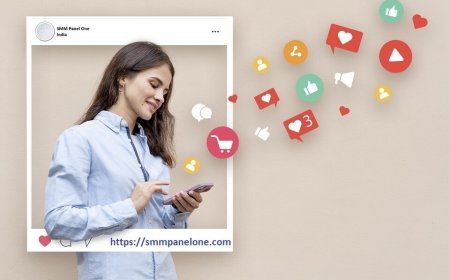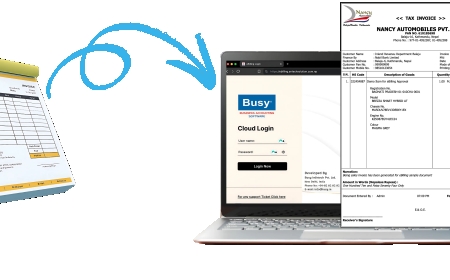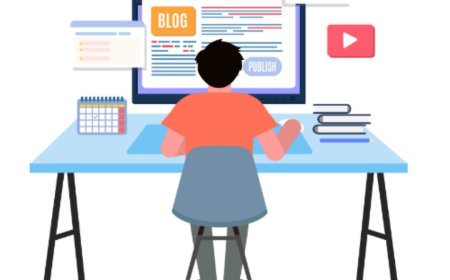How to Implement Psychological Tactics to Influence Buyer Behavior
Discover powerful psychological tactics to influence buyer behavior in digital marketing, e-business, and B2B settings—with real-world IT insights.
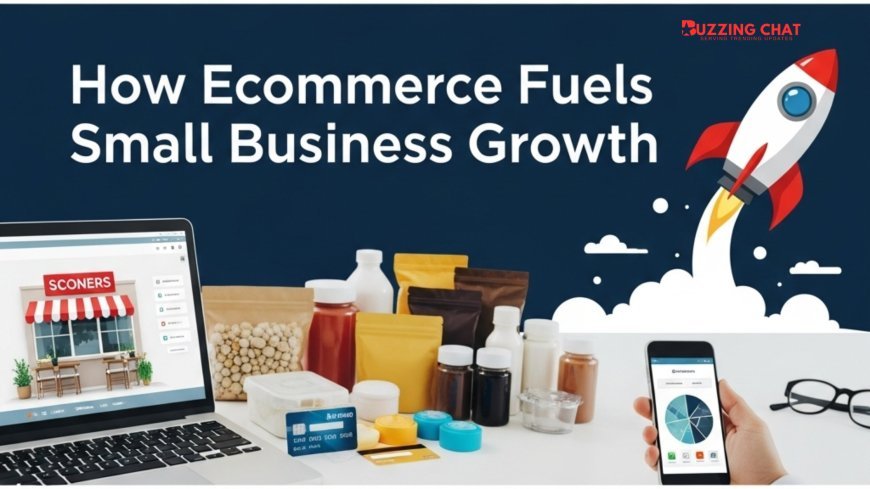
Why Your Online Content Might Be Missing the Mark
Lets be honestweve all been there. You put your heart into creating a landing page or launching a mcommerce campaign, and nothing. No clicks, no conversions, no new clients. It's not that your product or service isnt valuable. It's that your message isnt connecting the way it should. Thats where psychological tactics come into play.
When I first entered the digital marketing space, I thought success was all about having the flashiest design or the biggest ad budget. But over the years, especially working in the e-business and B2B world, I learned that people dont always buy logicallythey buy emotionally and justify it later.
Understanding how to tap into that human behavior isnt manipulationits good communication. And if you're building a career in IT, especially in areas like UX design, product strategy, or social marketing, knowing how to influence buyer behavior is a serious competitive edge.
Lets dig in.
1. The Power of Social Proof: We Trust What Others Trust
You know how you check reviews before booking a hotel? Or scroll through a restaurants tagged photos before ordering? Thats social proof in action.
In the e-market, consumers are constantly looking for cues from others to guide their decisions. This is where leveraging UGC creators (user-generated content creators) can massively boost trust. Instead of shouting from the rooftops about how amazing your product is, let real users do the talkingthrough reviews, testimonials, unboxing videos, and social mentions.
Tip: Create space for your clients to share their experiences. Feature them in newsletters, embed real-time reviews on product pages, or repost their stories on social media.
2. Scarcity and Urgency: The Fear of Missing Out Works
This ones classic, and it still worksbecause it plays on something primal: the fear of missing out.
Whether youre running a B2B SaaS free trial campaign or a flash sale on a mcommerce app, adding an element of urgency (like Only 5 spots left! or Offer expires at midnight) can nudge a hesitant buyer into action.
But a word of cautiondont fake it. People are smart, and false urgency can backfire. The tactic works best when its authentic and aligned with your actual inventory or timeline.
3. Anchoring: Set the Right Mental Baseline
Ever wonder why online services often show the most expensive plan first? Thats anchoring. Youre setting a mental reference point that makes other options look more reasonable.
This tactic is particularly effective in e-business models with tiered pricing. If you position your high-end package front and center, your mid-tier suddenly looks like a great dealeven if it wasnt perceived that way before.
Use this smartly in digital marketing content, especially when building pricing pages, comparison tables, or upsell paths in a mcommerce funnel.
4. Reciprocity: Give Before You Ask
People are wired to return favors. Thats why giving away free, valuable contentlike guides, checklists, or webinarscan increase the chances that someone will later choose your product.
In my early days freelancing for a tech e-learning platform, we offered a free course module on cloud security. Not only did it drive traffic, but it also turned hesitant leads into loyal paying users. That single freebie grew our B2B subscriptions by over 40% in three months.
When building your social marketing campaigns or email flows, think about how you can create micro-moments of value first.
5. Personalization: Speak to the Client, Not the Crowd
Generic content doesnt cut it anymore. In the e-market, people expect messages tailored to themnot a faceless mass.
If youre working in IT or looking to break into digital marketing, learn how data drives personalization. Behavioral analytics, AI-based recommendations, and dynamic email sequences can all help you talk directly to the client in a way that feels personal.
Think: "Hi Sarah, your team is 85% through the onboarding process" instead of "Don't forget to complete setup!"
6. Cognitive Fluency: Keep It Simple, Keep It Smart
The easier something is to understand, the more we trust it. This is known as cognitive fluencyand its why clean design and simple language beat jargon-filled pitches every time.
Whether you're creating a mcommerce app interface or writing landing page content, aim for clarity. White space, intuitive navigation, and clear CTAs all reduce frictionand that directly affects buyer decisions.
Pro Insight: If it takes more than 5 seconds for a new visitor to figure out what your offer is, youve already lost them.
Final Thoughts: Start Small, Think Big
You dont need to be a psychology major to use these tacticsyou just need to understand people.
If youre building a career in IT, especially in fields like product strategy, growth marketing, UX, or even e-business development, these psychological insights are pure gold. They're not trickstheyre tools for better communication, better design, and ultimately, better results.
Start by testing one or two tactics in your next campaign or product launch. Measure what works. Learn, tweak, repeat. The more you align with how people actually think and behave, the more effective your strategies will become.











